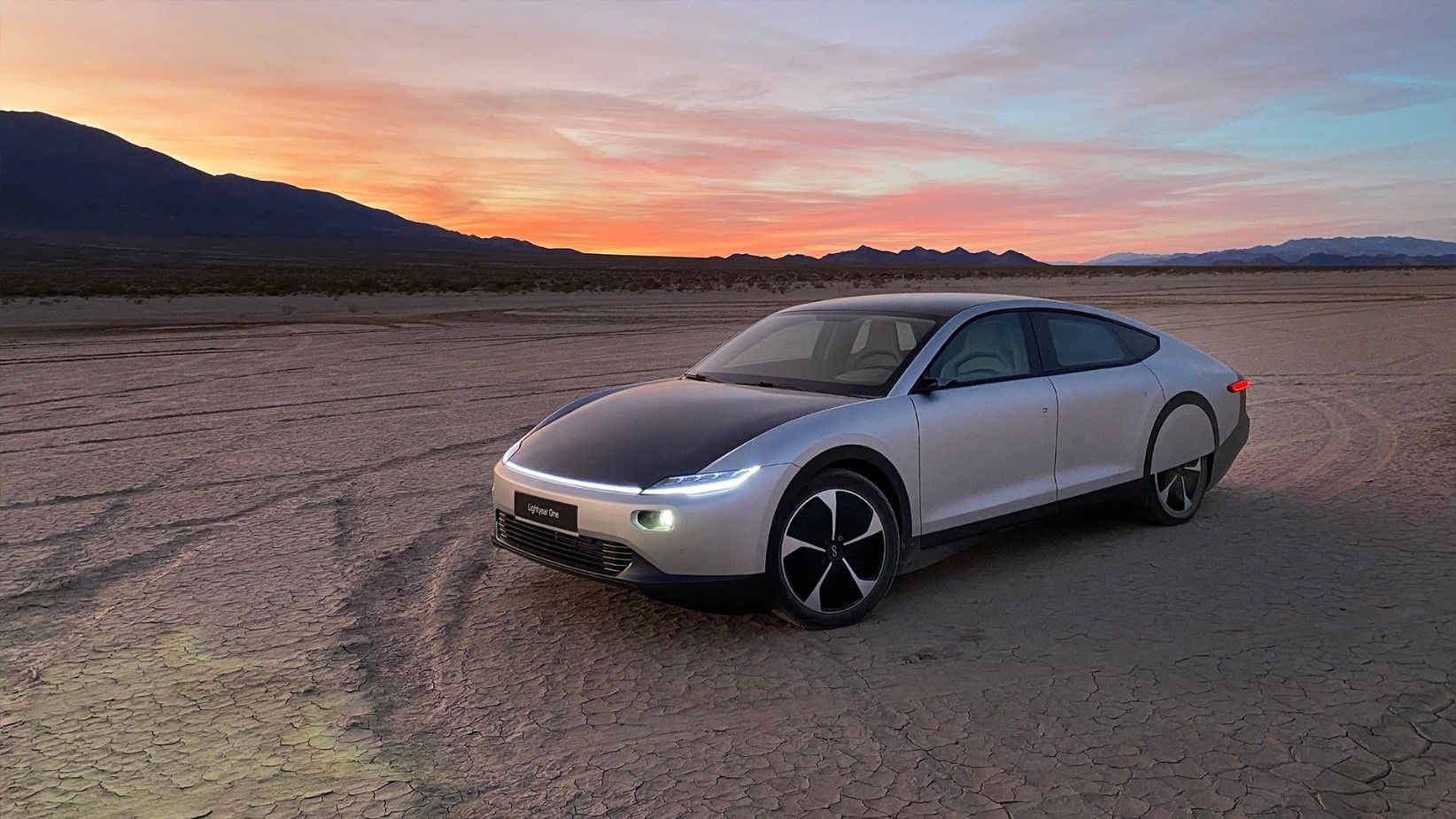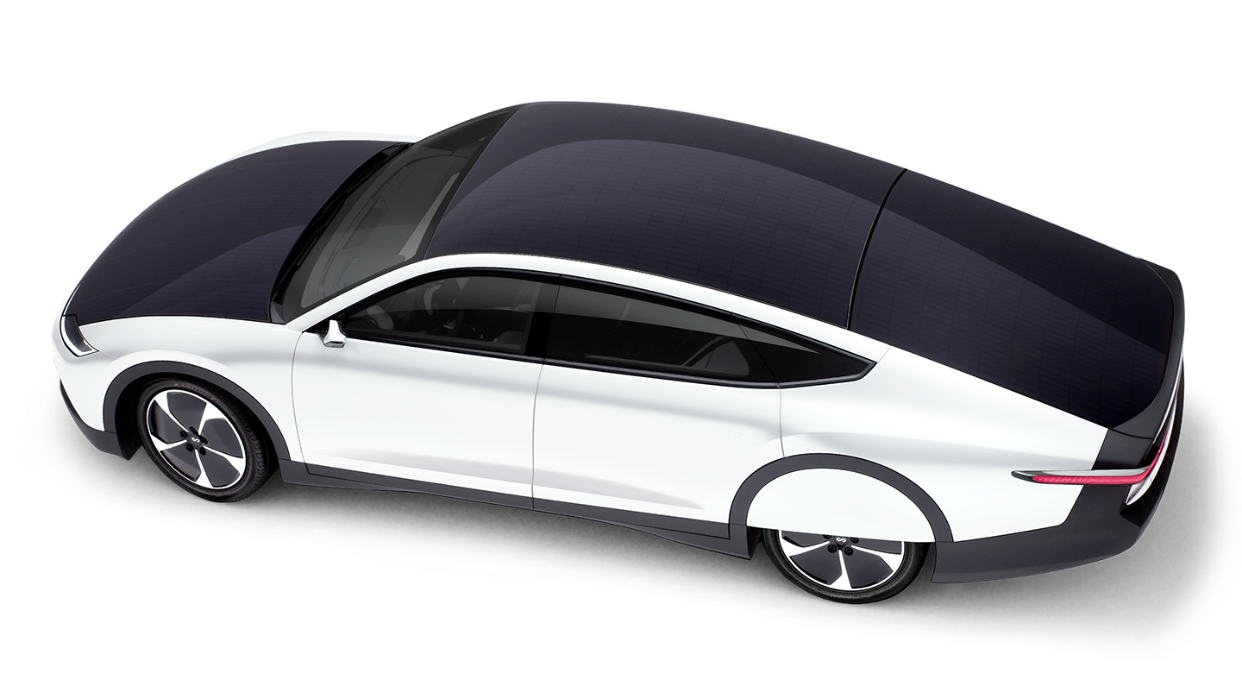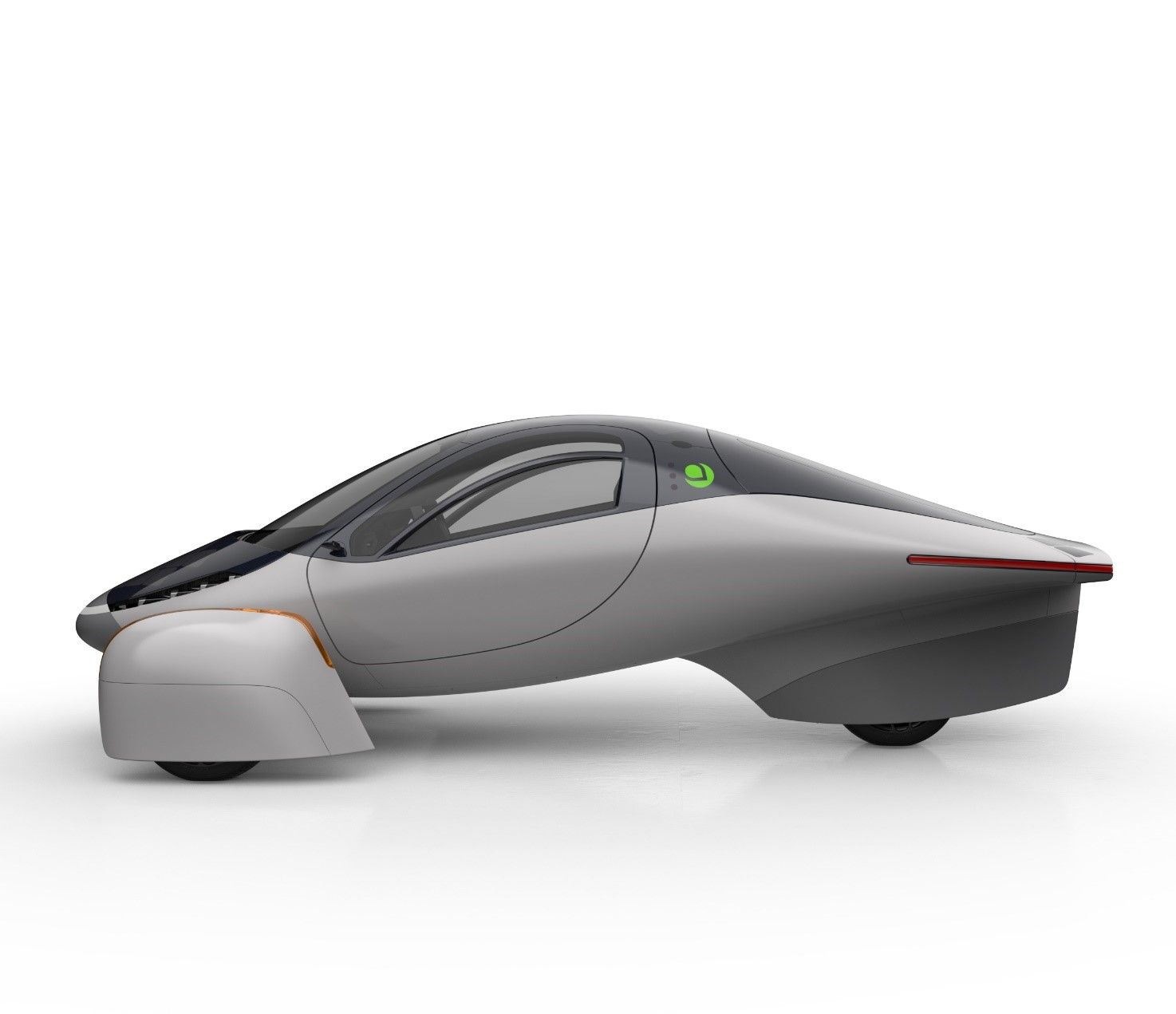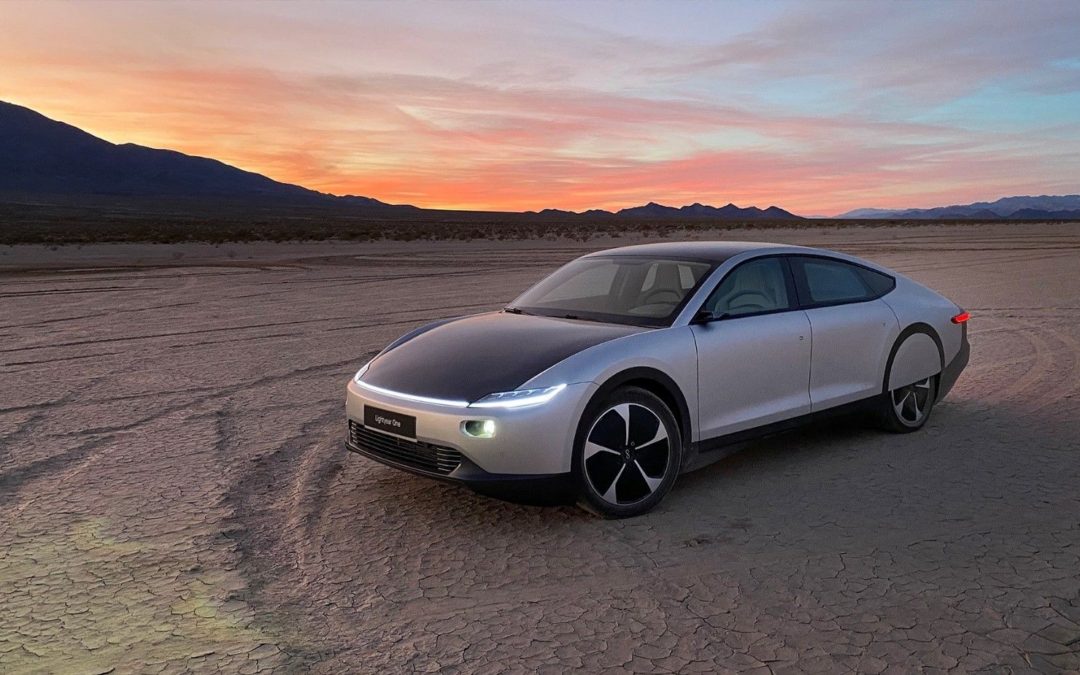
Sales of electric cars are expected to increase dramatically soon. However, several critical issues remain, mostly related to the grid recharging need.
The network is not yet ready to receive a massive increase in electricity demand, just as the recharging infrastructures are not yet sufficiently widespread. Most of the energy present on the network then comes from fossil sources, a contradiction for a car looking for zero emissions.
To face the recharging time reduction issue, huge batteries are currently coupled with fast charging stations. This generates a reduction in battery life, an increase in weight, and a reduction in efficiency.
Reducing grid dependency thanks to sunlight
But there's a solution, again through an electric motor: solar cars.
Solar cars directly contain the technology to extract energy from the most common source: the sun. Photovoltaic cell arrays are installed to transform solar radiation into energy to be supplied to an electric motor. The energy is stored in a battery, also rechargeable directly from the grid.
In this way, strongly decreases the electricity grid dependence, therefore on oil, coal, and recharging stations, making it almost self-sufficient.
Furthermore, charging from solar cells is slow and smooth, unlike what happens with fast charging stations. This allows to extend battery life, and, since the energy transfer is low power, the mileage range increases.
Search for maximum efficiency in energy use: Lightyear One!
The Lightyear One model will likely be one of the first on the market. Its holistic design approach resulted in high efficiency and aerodynamics combined with comfort and safety.
It has five square meters of compressed solar cells arranged on the roof and hood. The technology used to build the solar cells allows maximum flexibility and efficiency, reaching 215 Wp/m2: maximizing sunlight leads to not having to recharge daily. Furthermore, the cells are decoupled from the array in the event of localized failure, ensuring the functioning of healthy cells.

To make the most of the energy obtained, engineers researched the maximum efficiency of all the technology and lightweight. Lightyear One sets the aerodynamic world record for a 5-door, with a drag coefficient (Cd) lower than 0.2. 4 in-wheel motors allow directing energy where needed the most, with excellent traction performance on all terrains.
A very interesting idea is the Thermal Management System, using two independent coolant and refrigeration circuits. This allows to keep all components at the right temperature, ensure the comfort of the passenger compartment and reduce heat waste. A very important detail in the passenger compartment heating, since the electric motor can't exploit the large heat wasted by the internal combustion engine.
All these innovations allow using a small and light 60 kWh battery. This further increases efficiency, reducing complexity and production costs. A vicious circle of lightening and efficiency.
The declared characteristics of Lightyear One are incredible: a range of 725 km fully charged despite the small battery and 0-100 km/h acceleration in less than 10 s.
The race for the first solar car delivered
Lightyear One development proceeded apace. The realization of the prototype was funded by the EU through a Horizon 2020 project which ended in January 2021. This model then passed the technological efficiency tests, with a 50% lower power consumption than a traditional electric car. Components strength tests on various terrains are now taking place.
Production is expected to start in early 2022, delivering the first models during the summer. It's already possible to pre-order 946 pioneering models for the price of € 150,000. In the next model, it's intended to lower the price below € 50,000.
But the solar car competition is fervent and many other manufacturers hope to hit the market soon.
Sono Motors' Sion model is still in the prototype phase and should go into production in 2023. It's presented as a low-cost model, pre-orderable for € 28,500, but also with a reduced range: 305 km at full charge.

Aptera, on the other hand, emerges for a futuristic design, very far from conventional cars. But the declared parameters are very interesting: autonomy of 1,000 km, Cd = 0.13, cost starting from $ 25,900. Covid has delayed the company's plans, but the model is expected to go into production and delivery during 2022.
The future doesn't seem too far for solar cars. Declared performance and prices indicate a bright future alongside the electric car.





